To know what causes water pollution, we need to know the nature of this phenomenon. In general, the main cause of water pollution is human activities.
The World Health Organization (WHO) defines polluted water as water whose composition is changed to the level that it is unusable. Therefore, it is toxic water that is not drinkable or not used for particular purposes such as agriculture. Also, it can cause diseases like diarrhea, dysentery, cholera, typhoid, and poliomyelitis, responsible for the death of more than half a million people worldwide annually.
The primary water pollutants are bacteria, parasites, viruses, fertilizers, pesticides, nitrates, phosphates, pharmaceutical products, plastics, fecal waste, and even radioactive materials. They do not always change the water color, meaning that they are usually invisible pollutants. That is why small quantities of water and aquatic organisms are examined to determine water quality.
10 Main Causes of Water Pollution in 2021
Most marine pollution comes from land sources. The problem is not limited to coastal environments. Rivers and lakes are largely impacted by pollution from agriculture, vehicle emissions, industry, and products used in homes every day. Runoff from soils and air pollutants can settle in waterways and create hazardous conditions for humans and wildlife. Pollutants can enter waterways in a variety of ways.
Water pollution is sometimes created by nature, like when mercury filters from the crust of the Earth, polluting oceans, lakes, rivers, canals, and reservoirs. But, the main reason for the decline in water quality is human activities and their consequences. In this section, we will explain these causes.
Runoff from Agricultural Activities
Agriculture is one of the primary sources of water pollution. Industrial agriculture actions release large quantities of water and waste from crops and livestock, causing both waters lacks and toxic pollution in nearby areas. This pollution usually comes from one of the following sources:
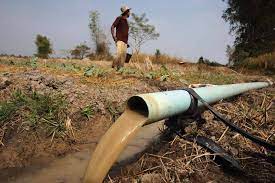
Nutrients
Nutrient pollution is a very critical environmental concern. Nitrate is a common component of fertilizers and can be severely harmful to infants if present in drinking water. Most shallow wells in urban and agricultural sites have high nitrate levels. Excess nutrients can stop the growth of the aquatic plant and kill fish.
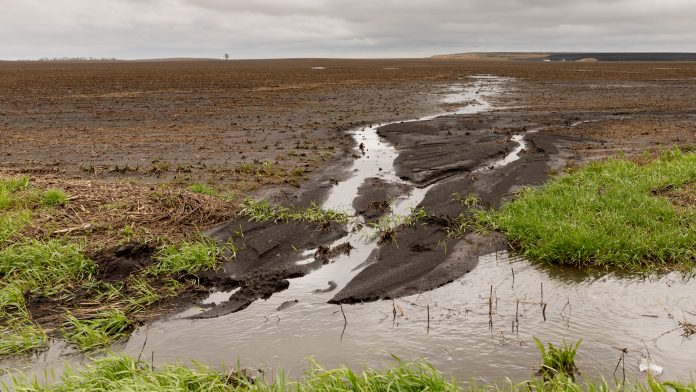
Animal Waste
The waste livestock products, along with chemicals used for agriculture, are washed during rainstorms. Water-borne illnesses such as typhoid, cholera, and dysentery can occur in rivers and other water bodies. According to a study, almost 500 million tons of manure are generated from animal feeding operations every year, releasing three times as much human sewage into the environment.

Antibiotics and Hormones
Both are commonly fed to livestock and afterward, excreted into the environment. Hormones can remain active for months, travel for kilometers downstream, and affect fish reproduction. Antibiotics moving into waterways can help the proliferation of antibiotic-resistant bacteria.
Heavy Metals
To improve the growth of cattle and poultry, zinc and copper are usually used. Discharged in their waste, metals, and others, including lead, chromium, and arsenic, remain in soil fertilizer, which reaches water sources. Exposure to heavy metals can lead to the nervous system, kidney, and cardiovascular problems.
Salts
Salts in manure, including sodium, potassium, sulfate, calcium, bicarbonate, and nitrate, can reach the waterways, increase salinity, alter ecosystems, and make drinking water unsafe.
Industrial Activities
Industrial procedures often discharge waste into freshwater sources. Toxic chemicals may cause an increase in the number of minerals, change the color, and water temperature variations. Pollutants such as mercury, nitrates, asbestos, and lead are released. The following operations contribute to the problem.
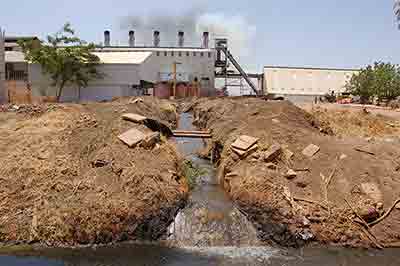
Fossil Fuel Burning
This action generates ash, including toxic chemicals that mix with water vapor and create acid rain that eventually turns into water sources.
Wastewater Treatment
Wastewater treatment systems for residential, industrial, and commercial sites are designed to eliminate most solids, organic materials, and pathogens. The sewage released into local waters is not always clear of bacteria, viruses, metals, sediment, and other pollutants.
Mining
Mining activities such as crushing rock and extracting minerals release dangerous chemicals and toxins that can mix with water, including sulfides from rocks and metal waste.

Foundries
Metals and particulates can be released directly into the air and finally find their way into water bodies or the ground where they run off.
Runoff from Non-point Sources
Rain and melted snow moving through the ground carry pollutants. Runoff from farms, forests, cities, rural and suburban homes, and parking lots can pollute downstream waters. Chemicals for killing weeds on lawns and salt for melting ice on roads can be placed in the water. Stormwater runoff can raise sediment in waterways and pollute drinking sources.
Underground Storage Leakage
Transportation of coal and other industrial and oil products poses a risk of leakage in underground storage systems and pipings. Excessive use and corrosion can cause spillage. Unintended leakage can happen during any section of the transportation process, causing soil and water pollution.
Sewerage Leakage
Sewerage system overflows are important sources of water pollution. If a sewer overflows, its substances can enter waterways before treatment. The drain can move directly into oceans, rivers, lakes, and estuaries and affect human health, shellfishing, and causing shore closures. Inappropriate septic systems management leads to pollution problems in coastal areas.
Vehicle Emissions
Atmospheric emissions from vehicles can be deposited through the rain or enter surface waters and groundwaters. The oil from behind a parked car can leak and run off, visible as a colorful shine in puddles. Automotive oil can be considered a nonpoint source pollutant that discharges into rivers, streams, lakes, and oceans.
Landfill Leakage
If a shielding bottom layer is missing or broken, pollutants may leak into groundwater. Landfills are known as a source of domestic cleaners, battery acid, and other compounds causing water pollution.
Waste Leakage
Barrels and vessels may leak as their ages increase. Leaking pollutants can ultimately penetrate the groundwater through fractures in concrete floors and other obstructions.
Radioactive Pollutants
Nuclear power plants’ leakage into the water sometimes releases radioactive matter that is considered to have excess contaminants. More than a hundred various isotopes are discharged into the water and air in small quantities, such as Iodine-131, Strontium-89, and Strontium-90. These substances may enter the water and the food chain, as agricultural, industrial, runoff, and other sources of pollutants.
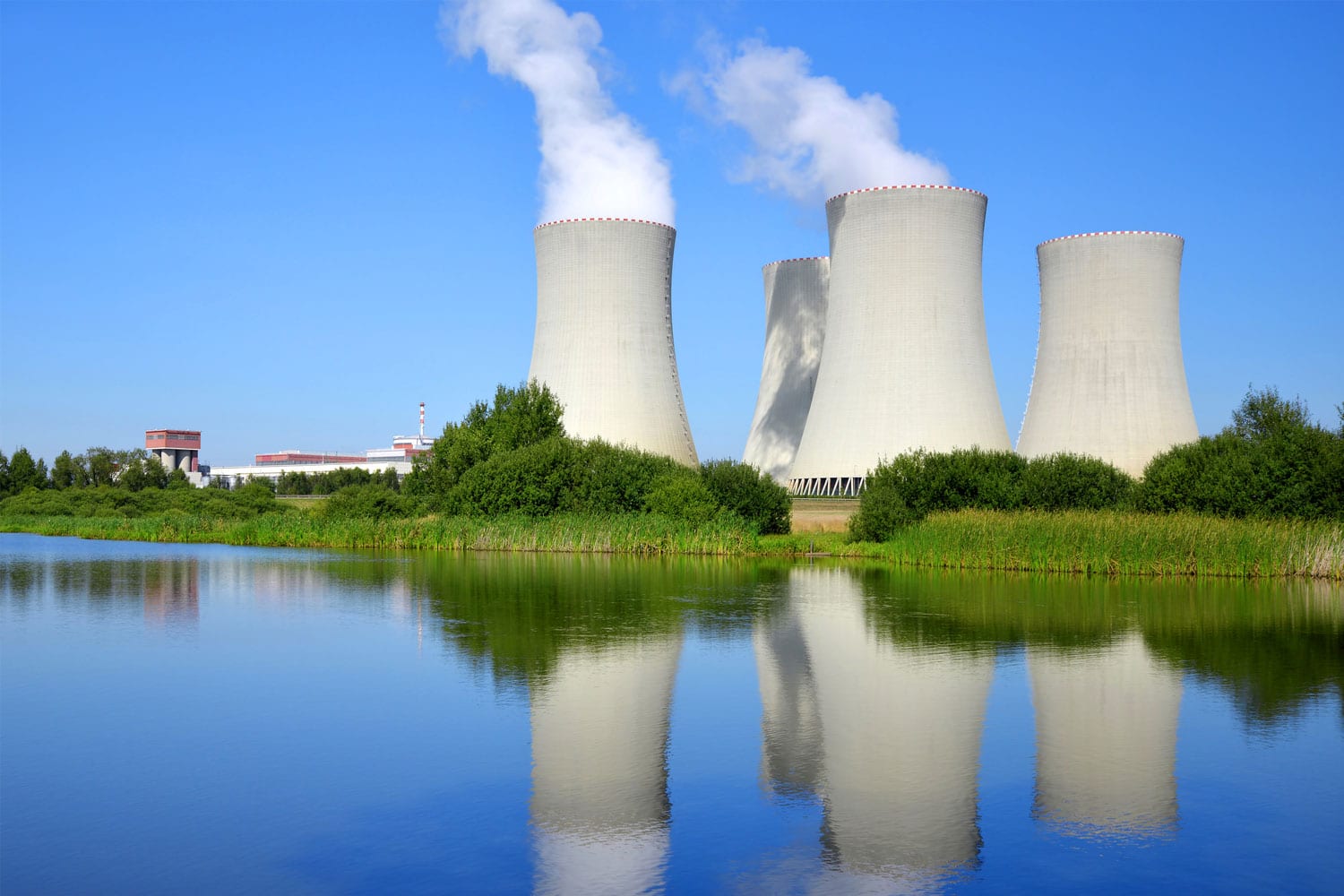
Global Warming
Global warming can damage water quality in several approaches, resulting in adverse consequences for people, wildlife, and ecosystems. For instance, climate change leads to more severe storm events and, consequently, increased runoff. The runoff takes different agricultural chemicals and disease pathogens. They can settle in the waterways that supply water to humans, wildlife, and plant life. Increasing the levels of pollution in waterways also causes a rise in algal blooms, as discussed above.
It also causes air temperature to rise, which makes the water temperature in lakes, reservoirs, and streams rise. Higher water temperature is associated with reduced dissolved oxygen in water bodies. Lower oxygen puts much stress on marine animals such as fish and insects, which require oxygen to live.
Deforestation
Deforestation can increase runoff, accelerate soil erosion and rise the sediment load and turbidity of water bodies. So the water quality decreases. Also, the loss of forest cover can weaken water resources and create organic residue, which becomes a reproduction ground for harmful bacteria.
Maritime Traffic
Most ocean plastic pollution is due to fishing tankers, boats, and cargo shipping.
Buy Equipment or Ask for a Service
By using Linquip RFQ Service, you can expect to receive quotations from various suppliers across multiple industries and regions.
Click Here to Request a Quotation From Suppliers and Service Providers
Read More on Linquip

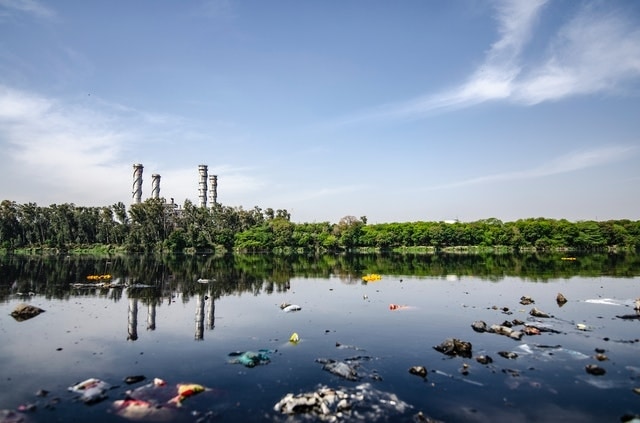


Bad examples with much wrong definations
Thanks for visiting our website, Sanz! We first apologize for any inconvenience experience you had with this article. Your valuable comment will be considered for the next update of the post.